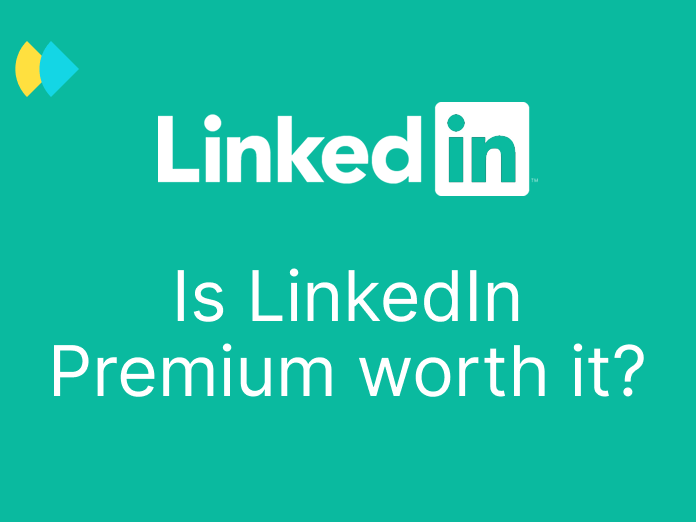Starting in fall 2025, Apple will roll out its new iOS 26 update across all its devices (MacBook, iPhone, iPad).
One of the key new features on iPhone: a rather radical call filtering system called "Screen Filter". This system can block all incoming calls from unknown numbers, even before any identification.
What does this Mean for Cold Calling?
Such a feature is likely to reshape the rules of phone prospecting.
What Is Screen Filter?
"Screen Filter" is expected to be a system that automatically blocks any call coming from a number not saved in the user's iPhone contacts.
In practical terms, this feature acts before the phone even rings, shielding the recipient from unsolicited calls. The caller will need to identify themselves vocally and justify the reason for the call. The recipient can then choose to accept or decline the call.
However, this type of feature isn’t entirely new. Google already offers a "Call Screen" feature, and Samsung also filters unknown calls.
iPhones have had basic unknown caller filtering for a few years, as well as pre-identification for numbers that have previously sent messages including the sender’s first name.

What Are the Implications for Phone Prospecting?
For Sales teams, this kind of update disrupts traditional lead generation methods, with consequences such as:
- Most calls won’t even ring.
- Prospects will only pick up if they recognize the number.
- Generic or vague messages will be filtered out automatically.
- The caller must now convince—even without knowing the prospect.
In short, iOS 26 marks a major shift for cold calling and challenges the effectiveness of sheer call volume. The "number of calls per day" metric is no longer relevant. What now matters is the number of qualified contacts.
Can the Screen Filter Be Bypassed?
It’s highly likely that most salespeople who rely on cold calling will try to find ways around the screen filter.
Here are a few tactics they might attempt:
- Pretending it's a follow-up: “I’m calling you back after our conversation last week.”
- Being vague about the call’s purpose, hoping to pique curiosity.
- Referring to a past meeting (even if it never happened...).
However, such tactics are likely to be quickly detected by users and, worse, may damage the company's credibility. Trust is hard to build with future clients—and very easy to lose with lies.
Time to Prioritize Quality Over Quantity?
Considering:
- The average employee receives around 50 emails a day,
- LinkedIn is overwhelmed with automated messages,
- And phone calls may soon be filtered out altogether
It’s essential to rethink how to stand out and sell effectively without misleading potential clients.
Our Tips for Better Prospecting:
- Send only personalized, relevant, and highly targeted messages.
- Introduce yourself through a mutual connection to gain trust.
- Use an intelligent multichannel approach: combine emails, LinkedIn, phone calls, and SMS.
So no, cold calling isn’t dead. It remains a powerful contact channel—but it must now be preceded by softer touchpoints like emails or LinkedIn messages to capture a lead’s attention.
Conclusion
iOS 26 will likely be a turning point for cold calling. To adapt, companies must act now:
- Measure the current ratio of calls made vs. calls answered to estimate the future impact.
- Revise KPIs: focus not on the number of calls, but on the number of qualified and well-targeted contacts.
- Use tools like Dropcontact to enrich prospect data and ensure CRM accuracy 😉.
- Introduce yourself honestly, mentioning your company name and the reason for the call right away.
Though iOS 26 won’t launch in France before this fall, it already highlights the importance of meaningful, relevant, and well-targeted phone prospecting.
Cold calling isn't dying. It's evolving.



